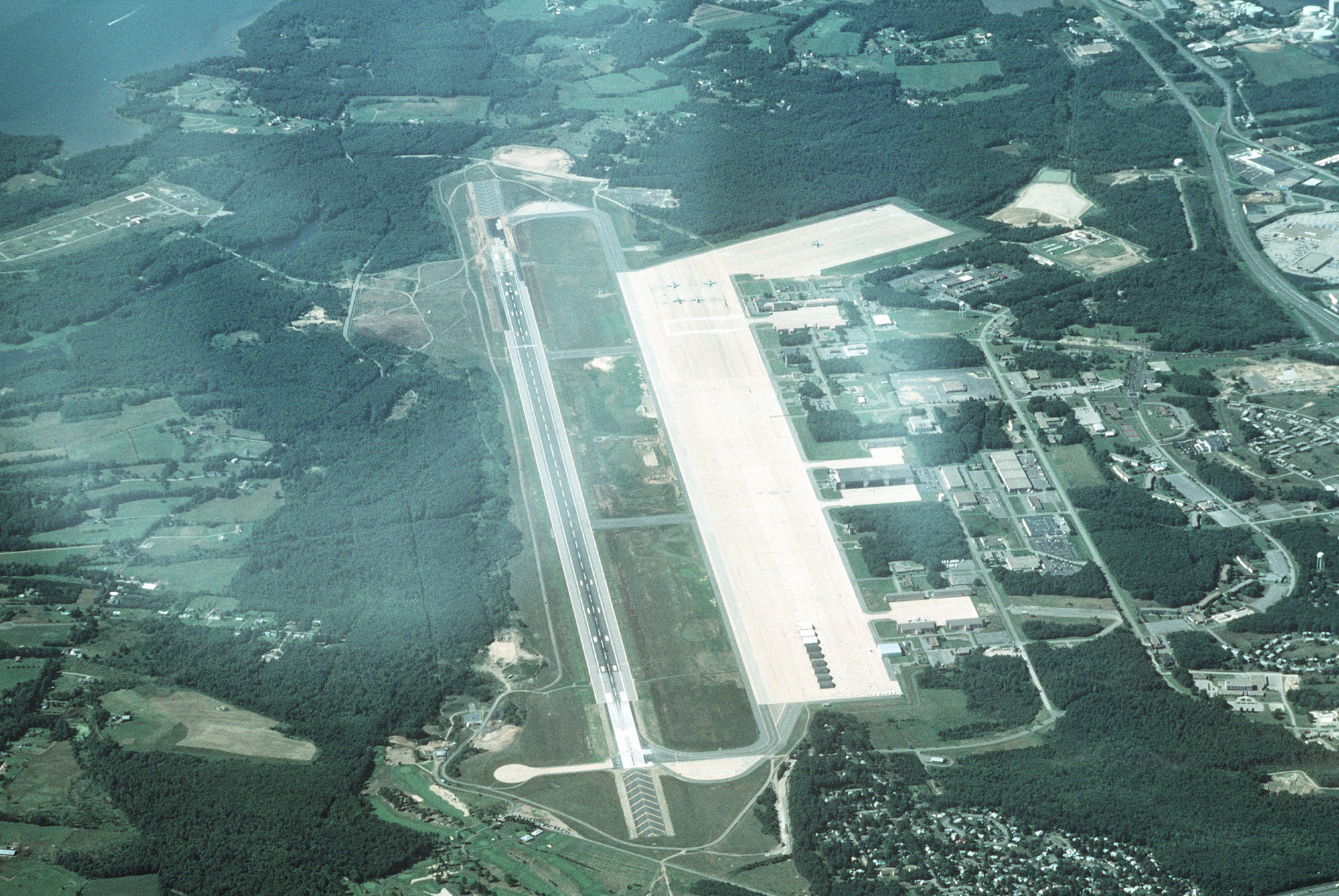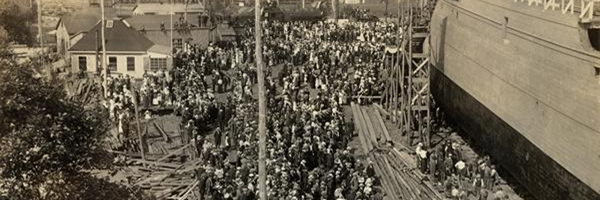In the mid 1950's rumors of a new Air Force Bomber Base located somewhere along the New Hampshire and Maine seacoast areas spread. This rumor would later be validated by Kingsland Dunwoody, the chairman of the board of selectmen got word that the United States Army Corp of Engineers was indeed proposing an Airbase in the Portsmouth-Newington area.
At a town meeting Mr. Dunwoody would show a map created by his draftsmen that showed the portion of the town that would be taken by the government. Over half of the town was to be taken which caused an split in the residents, some believed they should fight it while others claimed that you could not beat the federal government. Among those who made a stand against the federal government were John Rowe, Ralph Loomis and Kingsland Dunwoody. The three men met and concluded that to put another military target within five miles of an important naval base did not make sense and concluded that this argument would prevail when brought to the attention of the correct military officials. The secretary of the navy also offered the air force the abandoned Naval Air Station at Sanford Maine instead of the Portsmouth-Newington area. However this offer was never accepted. While some believed that an airbase would bring "new prosperity" to the region, many continued to fight and there were weekly gatherings every Sunday evening at the Loomis residence, some gatherings had as many as fifty people present.
On June 20th, 1951, newspapers announced that the Portsmouth-Newington site had been chosen. Newington held a town meeting on the idea of the airbase during which 77 voted against against the base and only 2 voted in favor. The residents had good reason to worry, plane crashes, noise/vibration hazards, loss of farmland, water and sewage problems and the establishment of gambling rackets are just a few of the many downsides an Airbase could cause. A committee established by residents of the area purchased a full page ad in the Washington Post on August 10th of 1951 to plead their case to the people. This was in vain as on September 1st of 1951 the Senate Armed Forces Committee approved a bill for 46 million dollars and five days later, the rest of the senate approved the bill. In October of 1951 the Army Corps of Engineers received entry rights. During the New Year of 1952 Newington discovered it would hold 50% of the Airbase which would result in a complete loss of the center of the town. In June of 1952, seven men from the New England Corps of Engineers arrived in Portsmouth to begin taking bids for construction. Despite the creation of The Town Crier, a newspaper dedicated entirely to fight against the Airbase and continued lack of public support, the government moved forward and began removing families and grave sites from the area. In total 34 graves would be re interred.
On January 16th of 1953, two of the selectmen turned over 75.5 acres of land to the federal government for a sum of $15,730 without calling any town meetings or getting the land appraised. This rightfully outraged many in the community leading to the case being entered into New Hampshire Superior Court under the Civil Action No. 2535. The Government then seized by eminent domain nine town roads as well as a right of way along Fox Point Road for water access. Theses cases would be entered in the U.S. District Court in and for the District of New Hampshire as Civil Action No. 1263. and 1264. Despite residents best efforts, the roads would fall to government hands as well as the right of way. This decision ultimately defeated those in opposition of the Air Base and they would accept the inevitable defeat. Of Newington's 5217 acres, 2445 acres would be taken for the Airbase. Formal opening ceremonies for Pease would take place on June 30th of 1956.
The following families lost their lands/homesteads to the federal government:
Allard, Beals, Beane, Bennett, Bonnhof, Brooks, Cater, Clough, Coffet, Cohen, Coleman, Dame, deRochemont, Fernald, Foss, Foster, Frink, Fuller, Furber, Hallet, Hawkridge, Hobson, Hodgdon, Hoyt, Jabre, Kaddy, Karlo, Kiesaris, Knox, Lee, Loomis, Lundgren, Mahoney, McCue, McKenna, Mackenzie, Morrissey, Mullen, Navelski, Nutter, Packard, Payne, Pickering, Place, Quint, Rees, Ricci, Rines, Rowe, Schurman, Smith, Spinney, Swazey, Watson, White, Wiggin, Wilkes, Young.
All information found in Newington New Hampshire A Heritage of Independence since 1630 by John Frink Rowe and based on the writings of Frederick M. Pickering


